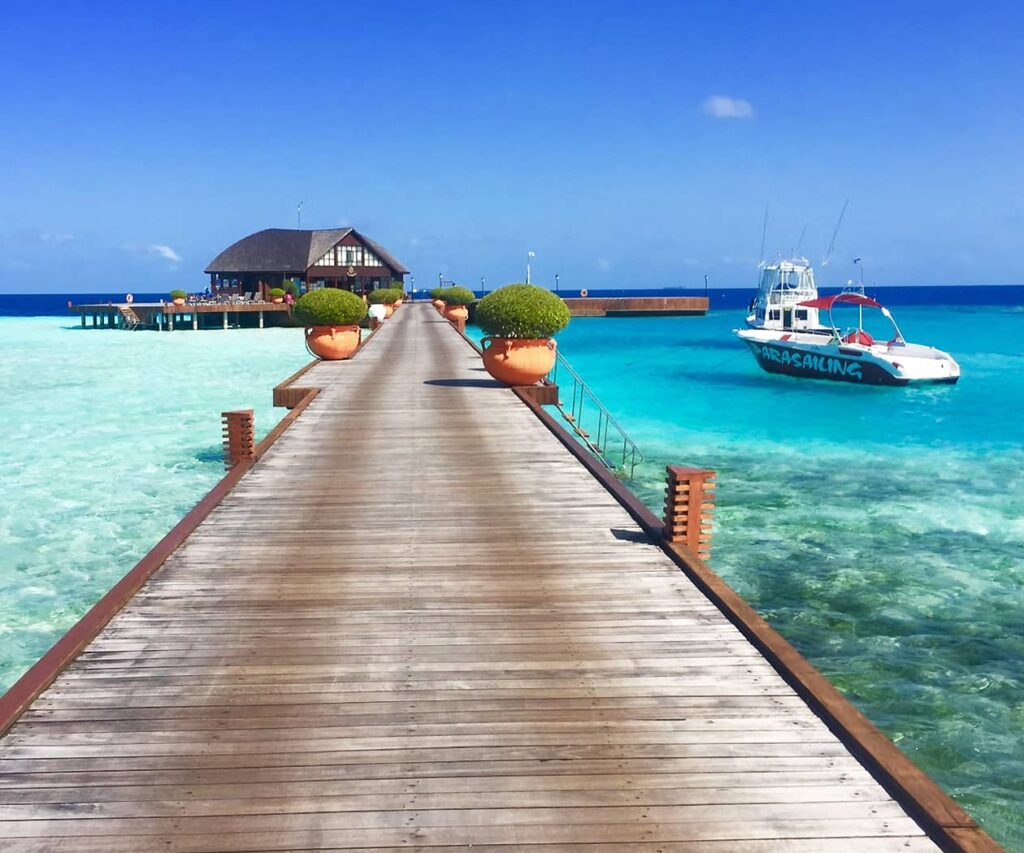
Discovering Weed in La Lima: Curiosity in a Banana City
La Lima, often called the “banana capital” of Honduras because of its long history with the United Fruit Company, is a small but vibrant city located near San Pedro Sula. Known for its green landscapes, strong agricultural roots, and friendly community, La Lima has always been tied to the rhythms of work, family, and tradition. Yet like many cities around the world, it is also experiencing a quiet cultural shift. One of the emerging conversations in La Lima revolves around cannabis—commonly known as weed.
Though cannabis remains illegal in Honduras, curiosity about its effects, potential health benefits, and cultural meaning is growing. In La Lima, discovering weed is less about open shops or public cafés and more about private networks, careful exploration, and a gradual change in how people think about the plant.
The Roots of Curiosity
Globally, cannabis has moved from being taboo to becoming mainstream in many places. Countries like Canada, Uruguay, and several U.S. states have legalized it, and countless documentaries, articles, and online resources discuss its medicinal and recreational uses. These global trends inevitably reach La Lima, where residents—especially young people—are increasingly curious.
La Lima’s pace of life, shaped by agriculture and proximity to San Pedro Sula, brings both opportunities and stress. For many workers in the banana industry or nearby factories, daily life is demanding. This environment creates a natural interest in finding ways to relax, relieve anxiety, or improve sleep—areas where cannabis has gained international attention.
Weed and the Honduran Legal Context
Cannabis remains illegal in Honduras. Possession, cultivation, and sale are criminalized, and enforcement can be strict. This legal framework significantly shapes how people in La Lima engage with cannabis. Unlike in places where dispensaries operate openly, in La Lima, cannabis discovery is discreet, cautious, and personal.
Despite these restrictions, residents still explore weed for three main reasons:
- Medicinal Potential: Stories of cannabis oils helping with chronic pain, seizures, or stress relief have captured people’s attention. Even without legal medical programs, the idea of natural remedies appeals to many.
- Recreational Curiosity: Younger generations, influenced by global media and conversations online, are interested in trying cannabis for social and relaxation purposes.
- Cultural Influence: Movies, music, and the internet portray cannabis as part of a lifestyle or wellness culture, reshaping how it is perceived in La Lima.
How People Discover Weed in La Lima
In La Lima, discovering weed is not a public activity but rather a quiet process that unfolds through personal networks, private gatherings, and digital communities.
1. Word of Mouth
Personal connections are the most common way to learn about cannabis. Friends, co-workers, or family members quietly share their experiences or recommendations. Trust is crucial in a small city like La Lima, where reputation matters.
2. Private Settings
Exploration often happens behind closed doors, whether in someone’s home or during a small gathering. These spaces provide safety, privacy, and comfort for individuals curious about cannabis.
3. Online Learning
The internet is a major source of information. Residents of La Lima watch YouTube tutorials, read blogs, and join social media groups to learn about cannabis strains, consumption methods, and effects. This digital exposure provides education that would otherwise be unavailable locally.
4. Global Influence
La Lima’s proximity to San Pedro Sula means exposure to more diverse communities, including expats and travelers who bring perspectives from countries where cannabis is legal. These interactions quietly introduce new ideas about responsible use and medicinal applications.
Medicinal Curiosity in La Lima
One of the strongest areas of interest is cannabis’s medicinal potential. In La Lima, where healthcare can be expensive or difficult to access, natural alternatives are appealing. Residents are particularly interested in:
- Pain Relief: For workers in agriculture and factories, physical pain is a daily reality. Cannabis is often mentioned as a natural option for relief.
- Anxiety and Stress Management: Life in urban and rural Honduras can be stressful, and cannabis is seen as a possible way to calm the mind.
- Improved Sleep: Insomnia and poor sleep are common, especially among shift workers. Cannabis’s reputation for promoting relaxation draws interest.
While official cannabis-based medicine isn’t accessible in Honduras, some people discreetly experiment with oils, teas, or homemade remedies, often inspired by information found online.
Stigma and Social Perceptions
Despite curiosity, cannabis in La Lima still carries stigma. Many residents associate weed with crime or irresponsibility, shaped by decades of anti-drug campaigns and the country’s struggles with narcotics trafficking. For older generations, cannabis is often seen as dangerous or morally questionable.
Because of this, most discussions about cannabis happen in private, and many people keep their curiosity hidden. However, younger generations are beginning to shift these perceptions. Influenced by global media and exposure to more balanced conversations about cannabis, they see it as more than a criminalized substance—it can also be a wellness tool or recreational option when used responsibly.
Responsible Exploration
In a place like La Lima, discovering cannabis responsibly is essential. Residents who are curious often take steps to ensure safety and discretion:
- Education First: Learning about strains, dosages, and effects before trying cannabis helps minimize risks.
- Private Use: Given the legal consequences, most people keep their exploration confined to private homes and trusted circles.
- Health Considerations: Understanding personal health conditions and how cannabis might interact with them is important.
- Awareness of Legal Risks: Residents know the serious consequences of being caught with cannabis in Honduras, so discretion is always prioritized.
Cannabis and Daily Life in La Lima
La Lima is a city that blends tradition and modern influence. While older residents focus on work, family, and religion, younger ones are more connected to global trends. This generational divide is visible in how cannabis is perceived.
For some young adults, cannabis is not just a plant but a symbol of personal freedom, creativity, and alternative wellness. For others, especially in working-class neighborhoods, it is seen as a way to cope with stress and long workdays.
Looking Ahead: The Future of Cannabis in La Lima
Although Honduras has not taken steps toward legalization, curiosity in La Lima continues to grow. Over time, as more information becomes available and global cannabis trends expand, discussions in the city are likely to become more open.
La Lima’s younger, globally connected generation may play a key role in shifting perceptions, advocating for a more balanced understanding of cannabis. While significant legal changes may be far off, education and dialogue are already shaping a quiet cultural transformation.
Conclusion
Discovering weed in La Lima is not about public dispensaries or widespread use—it is a private, cautious, and personal journey. Shaped by Honduras’s strict laws and social stigma, cannabis exploration here happens through trusted networks, online learning, and discreet gatherings.
Despite challenges, curiosity continues to grow. Many residents see cannabis as more than just a controversial substance; they view it as a potential tool for relaxation, health, and wellness. Younger generations, influenced by global trends, are gradually reshaping how cannabis is perceived, making it part of a broader conversation about alternative remedies and modern lifestyle choices.
In La Lima, cannabis remains hidden from public life, but beneath the surface, it is becoming part of everyday conversations—quietly, carefully, and with a cautious sense of possibility for the future.
Would you like me to make a storytelling-style version (e.g., following the perspective of a La Lima banana worker discovering weed) to make the article more immersive and relatable?

Just love this dude Explorer. Keep up with the good work. Excellent customer service. He goes above and beyond to make sure the order is right, help and support if anything goes wrong.
It was hard to find a reliable plug but finally Explorer showed up and gained my trust. Definitely he is the way out and hands down the best.@ https://t.me/explorerbud
I have been ordering from EXPLORER you can email him Explorerbud1@gmail.com over a year now and every single experience has been five stars.
Quality customer service combined with an incredible selection of nothing but Top shelf strains. The weed is amazing from the taste, looks and smell.
Give these guy a try and see for yourself why he is the best👌
I contacted EXPLORER on his telegram and due to security reasons he requested crypto payments or GIFTCARD which i paid using bitcoin
about 30minutes later my dope was dropped at my requested location
great guy!!!
i highly recommend
i was scared when he told me that he doesnt accept cash because i thought he is one of those idiots who took advantages of people but i decided to give him a try by making the payment first using bitcoin , surprisingly he arrived within the time he promised me and i received what i ordered. thank you EXPLORER whenever i return here you will always be my plug without doubt.
EXPLORER is the one Super responsive, on time and the weed is absolute fire. The strains are seriously on point.
Best service Ive found by far, won’t be using anything else unless I find a reason too, I paid using bitcoin and he delivered thanks Explorerbud1@gmail.com
If you are getting from elsewhere then you need to switch. The great pricing attracted me, but the hospitality of EXPLORER, the quality of weed ( dried and completely cured nugs), the fast delivery and the freebies made this experience amazing.
Will definitely come back for sure and I will be a long time customer thanks EXPLORER
I was here for a long time and after so many failed attempts at getting WEED, the valet at my hotel introduced me to EXPLORER. He sells the best quality WEED around here . You can reach him on telegram very fast https://t.me/explorerbud and he will get you the best quality without any hassle . Thanks to him , we are having the time of our lives here.
Get some good THC weed from EXPLORER and thank me later.
Everytime I order, I get excited not only for his TOP NOTCH PRODUCTS, but his amazing customer service.
From the time I start my text, to when my weed arrives, Explorer makes every encounter fast, friendly and SO AFFORDABLE. He works with you to get what you need.
Thank you Explorer for been so good to me everytime.